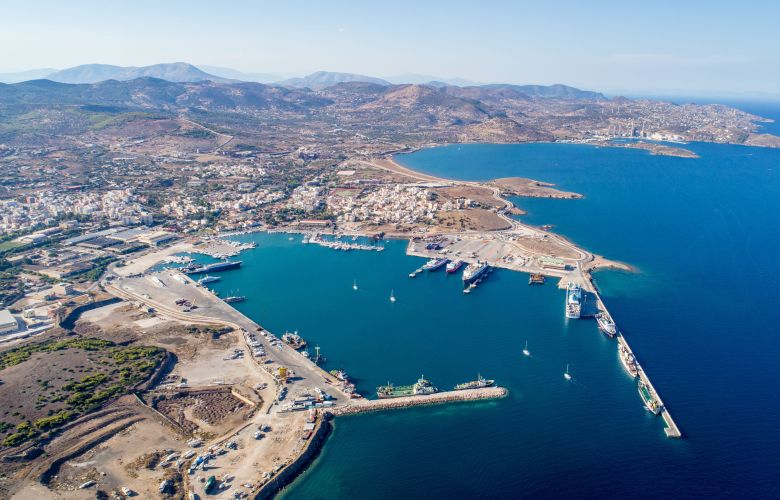They will tighten up over time
In addition, increased operating costs in 2025 will be brought to ships of 5,000 gt capacity and above sailing in EU ports, regardless of their flag, the increase of the limit of the ETS Emission Rights System, but also the application of the new FuelEU regulation.
With reference to the Emission Trading System (ETS) regulation of the European Union is what each shipping company would have to buy, for every ton of fuel burned by one of its ships, the market value of the carbon dioxide it emits. A limited number of allowances are available under the scheme. Either shipowners or charterers will have to purchase the allowances needed to cover their ships’ emissions for each relevant voyage.
The ETS is already in place from the beginning of 2024 and applies to 100% of emissions for journeys from one EU port to another EU port, but only applies to 50% of emissions from an EU port to a non-EU port and vice versa.
It is noted that shipping companies will only have to surrender (use) their first allowances by 30 September 2025 for only 40% of their verified emissions reported for 2024. This will then increase to 70% of verified emissions reported for 2025-2027 and then for 100% of their emissions.
Likewise, the FuelEU Maritime Regulation, which sets limits on gas intensity on ships, will bring about a commensurate increase in costs as they become more stringent over time. Ship gas intensity limits will tighten over time and compliance will become more difficult in the future with greater adoption of “cleaner” fuels. On 1 January 2025 the cost of decarbonisation will be a major factor in fares
New Asia Shipbrokers estimate an increase of US$5-10 per metric ton on top of freight costs, depending on the amount of cargo shipped by specialist tankers. Shipowners and charterers should engage in a closer dialogue about the coming costs of decarbonisation, due to the weakening of niche trade and freight to Europe.
Essentially the FuelEU Maritime Regulation obliges shipowners, operators and charterers to accelerate the adoption of low carbon renewable fuels in the operation of their ships. It includes various provisions, which provide incentives for the use of land-based energy sources or alternative zero-emission technologies during the ships’ stay at the pier, it was reported in the EIA.
The regulations aim to reduce the carbon intensity of the fuels used by ships calling at European Union ports, with a 2% reduction by 2025, followed by an exponential increase every 5 years – 6% by 2030, 14.5% by 2035, 31% by 2040, 62% by 2045 and 80% by 2050.
However, both regulations are expected to affect a large number of ships, as, according to Clarksons, the global fleet has, on average, spent 17% of its time this year traveling in the EU. or in EU ports, while 38% of 5,000+ gt ships (about 15,000) have visited an EU port.
The purchase and delivery of emission allowances under the EU ETS can be quite costly for shipping companies, and this is likely to affect pricing and other terms of contractual agreements between parties throughout the value chain, including charterers and cargo owners.








